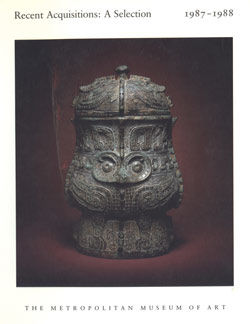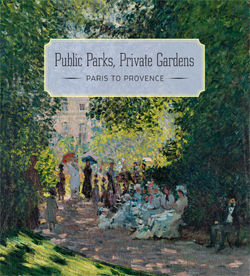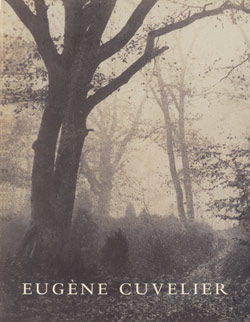[Fontainebleau Forest]
Eugène Cuvelier French
Not on view
In September 1856, at the age of nineteen, Eugène Cuvelier visited Barbizon. This small town on the edge of the ancient Forest of Fontainebleau served as home base for the pre-Impressionists who popularized the practice of plein-air painting. Three years later, he married Louise Ganne, daughter of the Barbizon innkeeper in whose auberge the painters gathered to eat, drink, and talk about art. Although the young couple settled in Arras, they returned often to Barbizon, where Cuvelier explored the village streets and nearby forest with his tripod and camera, just as his painter friends did with their easels and paintboxes.
Blessed with talent, early technical training, and the friendly mentoring of the naturalist painters, Cuvelier created some of the most lyrical and sensitive of all nineteenth-century landscape photographs. Wide-ranging in expression and subject, his sylvan views masterfully render the dappled light of the forest interior, the palpable atmosphere of a misty clearing in the wood, the muscular power of leafless oaks rising against a wintry sky, or the delicacy of a sapling in spring. Like the forest itself, Cuvelier's exquisite photographs invite us to escape momentarily from the modern urban world and to breathe the air of a place where nature impresses the senses and the soul.
Due to rights restrictions, this image cannot be enlarged, viewed at full screen, or downloaded.
![[Fontainebleau Forest], Eugène Cuvelier (French, 1837–1900), Salted paper print from paper negative](https://images.metmuseum.org/CRDImages/ph/web-additional/DT1170.jpg)



